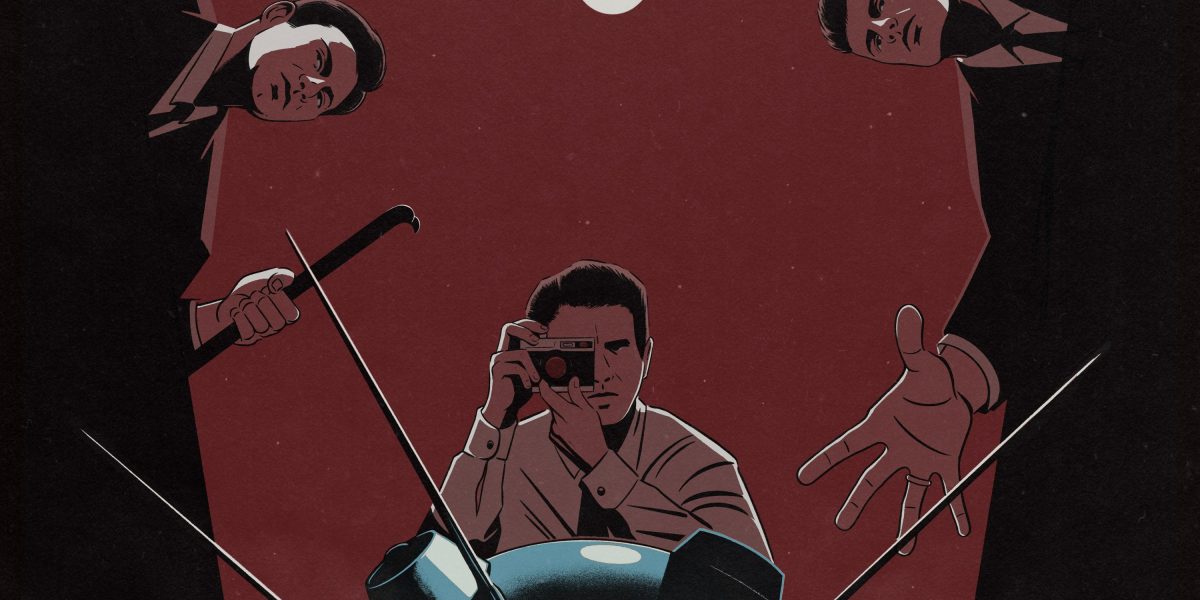Lunik: Inside the CIA’s audacious plot to steal a Soviet satellite

The documents contained some detail about the secrets gleaned from the mission: “Covertly, we were able to acquire detailed data about the upper-stage rocket vehicle … the Lunik stage which mates directly to the Soviet ICBM.” After discovering the weights of the propellant tanks and payload, the US could reverse-engineer the vehicle’s performance capability.
Exactly what space probe sat in the lumber yard that night is still unclear. Silveti assumed he had stolen Luna 3, the exact spacecraft that photographed the far side of the moon. But that is physically impossible: the craft was not built to withstand reentry. According to Gunter Krebs, a spaceflight historian and physicist, at the time of the heist, Luna 3 was likely spinning around the Earth at a distance of 310,000 miles, being gradually drawn into the Earth’s atmosphere. According to Jonathan McDowell, the Harvard astrophysicist, what they had most likely stolen was one of the Luna 2 craft which had not been part of a successful launch.
The stolen information came at just the right time. Just months after the Luna caper, the US successfully orbited a CORONA spy satellite 17 times around the Earth. “Finally, after many, many failures, they got it working,” McDowell says. “It was a very, very big advance … and it completely transformed the arms race.” On August 19, 1960, another CORONA satellite sent a capsule back to Earth, where a US Air Force plane grabbed it in a mid-flight maneuver called an air snatch.
Inside the probe was a 20-pound reel of Kodak film capturing 1.65 million square miles of Soviet territory, including images of Soviet air bases. The CORONA images were low resolution, McDowell says, so having accessed the Luna helped the CIA know exactly what rockets they were looking down at. “Because you had actually seen the damn thing and held it in your hands,” he says.
“The Air Force said ‘we need tens of thousands of missiles.’ And the CIA came along and went, ‘We’ve counted the Russians’ missiles and it’s not as bad as we thought.’”
“We’re used to thinking of the CIA as the bad guys, right?” said McDowell. “But, you know, the Air Force was like, ‘Oh, we need tens of thousands of missiles.’ And the CIA came along and went, ‘We’ve counted the Russians’ missiles and it’s not as bad as we thought.’” Knowing that the Soviets had far less rocket power than the CIA imagined took the edge off American paranoia. School children no longer hid under their desks, as the duck-and-cover program was slowly stepped down.
The Cold War rumbled on for decades, sometimes taking America to the brink of nuclear war. But the US quickly took the lead in the race to the moon. On May 5, 1961, NASA launched its Freedom 7 spacecraft, sending the first American astronaut into space, Alan Shepard. Winston Scott’s adopted son, Michael, told me he had always been puzzled by a signed photograph of Shepard he found in his father’s papers.
As for Luna 3, the actual probe that photographed the far side of the moon, its whereabouts are “not quite clear,” Krebs, the space historian, wrote in an email to me. Sometime before 1962, he added, it would have reentered Earth’s atmosphere and melted into an enormous fireball.
